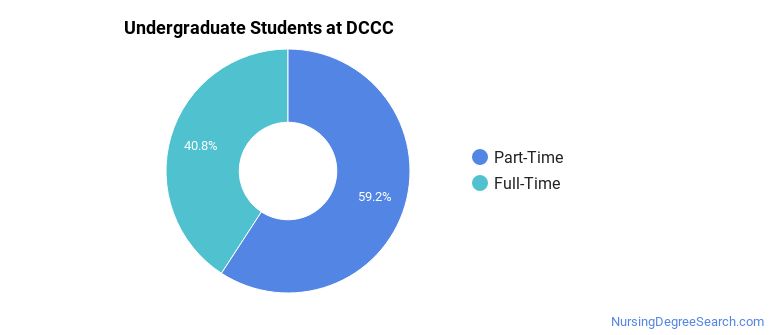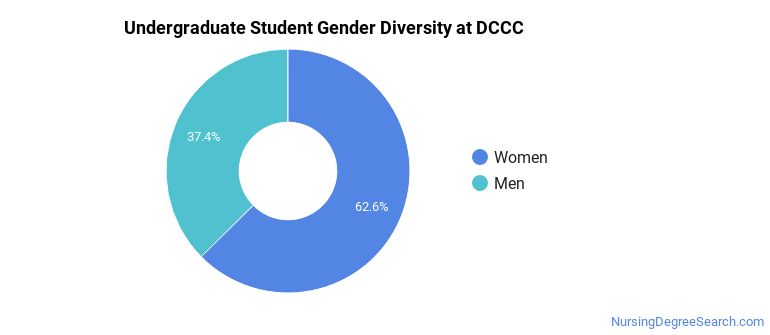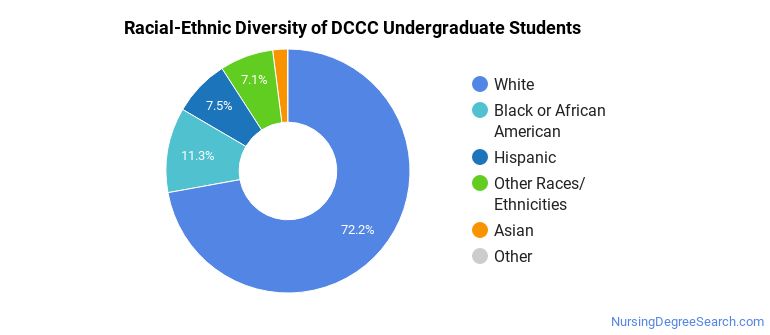Davidson County Community College Nursing Programs
Davidson County Community College is a public institution situated in Thomasville, North Carolina. The rural area surrounding the school is great for students who prefer living in a country setting.
Where Is Davidson County Community College?

Contact details for DCCC are given below.
| Contact Details | |
|---|---|
| Address: | 297 Dcc Road, Thomasville, NC 27360-7385 |
| Phone: | 336-249-8186 |
| Website: | www.davidsondavie.edu |
How Do I Get Into DCCC?
You can apply to DCCC online at: https://www.davidsondavie.edu/admissions/how-to-apply/apply-for-admissions/
Can I Afford Davidson County Community College?
Student Loan Debt
While almost two-thirds of students nationwide take out loans to pay for college, the percentage may be quite different for the school you plan on attending. At DCCC, approximately 21% of students took out student loans averaging $5,957 a year. That adds up to $23,828 over four years for those students.
Davidson County Community College Undergraduate Student Diversity

Gender Diversity
Of the 1,537 full-time undergraduates at DCCC, 37% are male and 63% are female.

Racial-Ethnic Diversity
The racial-ethnic breakdown of Davidson County Community College students is as follows.

| Race/Ethnicity | Number of Grads |
|---|---|
| Asian | 30 |
| Black or African American | 173 |
| Hispanic or Latino | 115 |
| White | 1,109 |
| International Students | 1 |
| Other Races/Ethnicities | 109 |
Davidson County Community College Nursing Concentrations
The table below shows the number of awards for each concentration.
| Major | Basic Certificate | Associate’s | Undergraduate Certificate | TOTAL |
|---|---|---|---|---|
| Registered Nursing | 0 | 79 | 0 | 79 |
| Nursing Assistant/Aide and Patient Care Assistant/Aide | 34 | 0 | 0 | 34 |
| Licensed Practical/Vocational Nurse Training | 0 | 0 | 20 | 20 |
| TOTAL | 34 | 79 | 20 | 133 |
References
*The racial-ethnic minorities count is calculated by taking the total number of students and subtracting white students, international students, and students whose race/ethnicity was unknown. This number is then divided by the total number of students at the school to obtain the racial-ethnic minorities percentage.
More about our data sources and methodologies.
